Today we pay another visit to Lisbon’s Museu Nacional de Arte Antiga (MNAA)* to have a look at Fragonard’s ‘The Two Cousins.’ As I’ve said in a previous post, Portugal is actually a great place to see French fine and decorative art because the Portuguese aristocracy collected it with such enthusiasm.
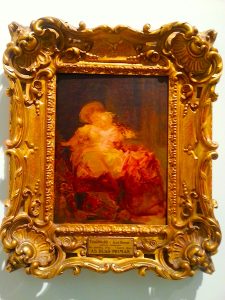
Fragonard’s ‘The Two Cousins’ as seen in the MNAA.
This small canvas, lavishly framed, hangs in a gallery at the museum that also contains several Tiepolos and a large Poussin. By comparison, ‘The Two Cousins’ gleams like a small jewel. Let’s enlarge it a bit.
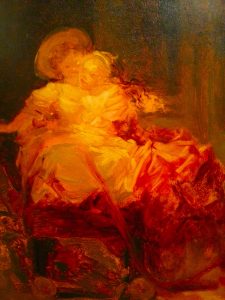
‘The Two Cousins,’ a close up shot.
Little boys and girls were dressed alike in the Versailles Century, but the plaque says in Portuguese ‘As Duas Primas,’ using feminine forms, so we know that it’s two little girls. Fragonard is known for his sensual paintings, so this little canvas seems like a change of pace. Searches on both English and French wikipedia turned up no information about this work, so if any of you out there know anything about it, please share in the comments.
For those not familiar with Fragonard, here’s a thumbnail biography. He was born in 1732 and studied in Rome as well as apprenticing with both Chardin and Boucher. Along with those two masters and Watteau, Fragonard is one of the emblematic French painters of the Rococo period. He was in demand in the later part of Louis XV’s reign for his dreamlike, sensuous works, of which the most famous is probably ‘The Swing.’ That work now hangs in the Wallace Collection in London.
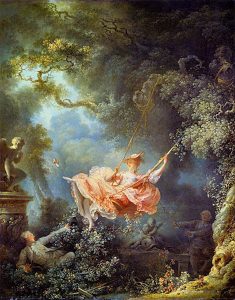
Fragonard’s ‘The Swing.’ Photo credit: The Wallace Collection via Wikipedia.
Sadly, he outlived his popularity, which waned when the fashion turned to neoclassicism, and he died poor and forgotten in 1806. No doubt he’d be pleased by the fact that more of my fellow visitors paused in front of ‘The Two Cousins’ than in front of the other works in the room.
*For more information, please go to http://www.museudearteantiga.pt/english







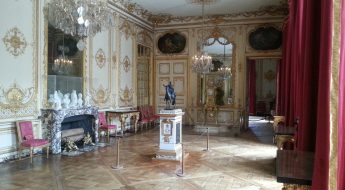
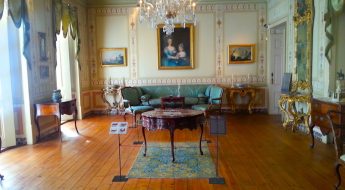








Leave a Comment